01/ Context
Over three months at a fast-moving AI startup, I wore multiple hats as a product design intern, designing, prototyping, coding, and testing across the product. I worked directly with engineers and early users to iterate quickly, shipping 5+ core features, building a design system, and leading key UX redesigns.
.png)
Problem: Fragmented frontend for an early stage product with broken onboarding and cluttered UX made it hard for users to understand and see value.
.png)
Solution: Redesigned the product experience and design system to simplify workflows, improve activation, and scale consistency.
.png)
Product: Userapproved is a UX research and product iteration tool simulating users to gain insights and test product iteration.
.png)
Goals: Building an easy, customizable tool that teams could quickly adapt their workflows and use to improve products efficiently.
Insight 1: Onboarding is confusing, users need clearer guidance and personalization
Insight 2: The report is overwhelming, users need summaries, fast synthesis, clear communication.
Insight 3: The interface is confusing, users need a unified design system and structure.
“I'd rather have that step by step. This is me. This is what I'm looking for, and then you give me what I want.”
“If I click projects, is this the main page I see right away?”
“The first page to be, like, super complex. Like, over all the, you know, cognitive overload.”
“I just want a quick snapshot of that. Of, like, percentages, maybe some graphs, make it look pretty. I don't want all the text.”
“Having a good way to organize it, having a good way to maintain all of it without having to go to each and every single test case… that's also very important.”
06/ Deployment
Obviously the timeline of this was much quicker and there needed to be deployment every couple of days, but this helped me learn, design, iterate, and ship fast!
After designs were approved I learned to go into cursor myself and ship new changes. I actually really liked doing this because it was much faster than holding meetings and describing the exact changes engineers had to make on the frontend, so they could primarily focus on the backend and models.
07/ Reflection
My internship began in May, and as the only designer on a small team of engineers, it was both intimidating and exciting. I learned how to move fast, make confident design calls, and back up my reasoning even when things were uncertain. Beyond design skills, I picked up skills that school could never teach me: shipping real features, collaborate deeply with engineers, and build systems that scale.
At first I questioned whether I had enough experience to deliver the best possible solutions, but over time I realized that progress and iteration matters more than perfection. I grew into trusting my instincts, prioritizing what truly impacts users, and designing and shipping quickly to get feedback. The best cycle for me felt like designing, shipping, feedback, then iteration, all in the same week. I feel extremely driven and excited working at a company where my work directly impacts the product everyday. At the end, I felt way more confident not just as a designer, but as someone who could design and ship a product that helps users end-to-end.
%201.png)
%201.png)
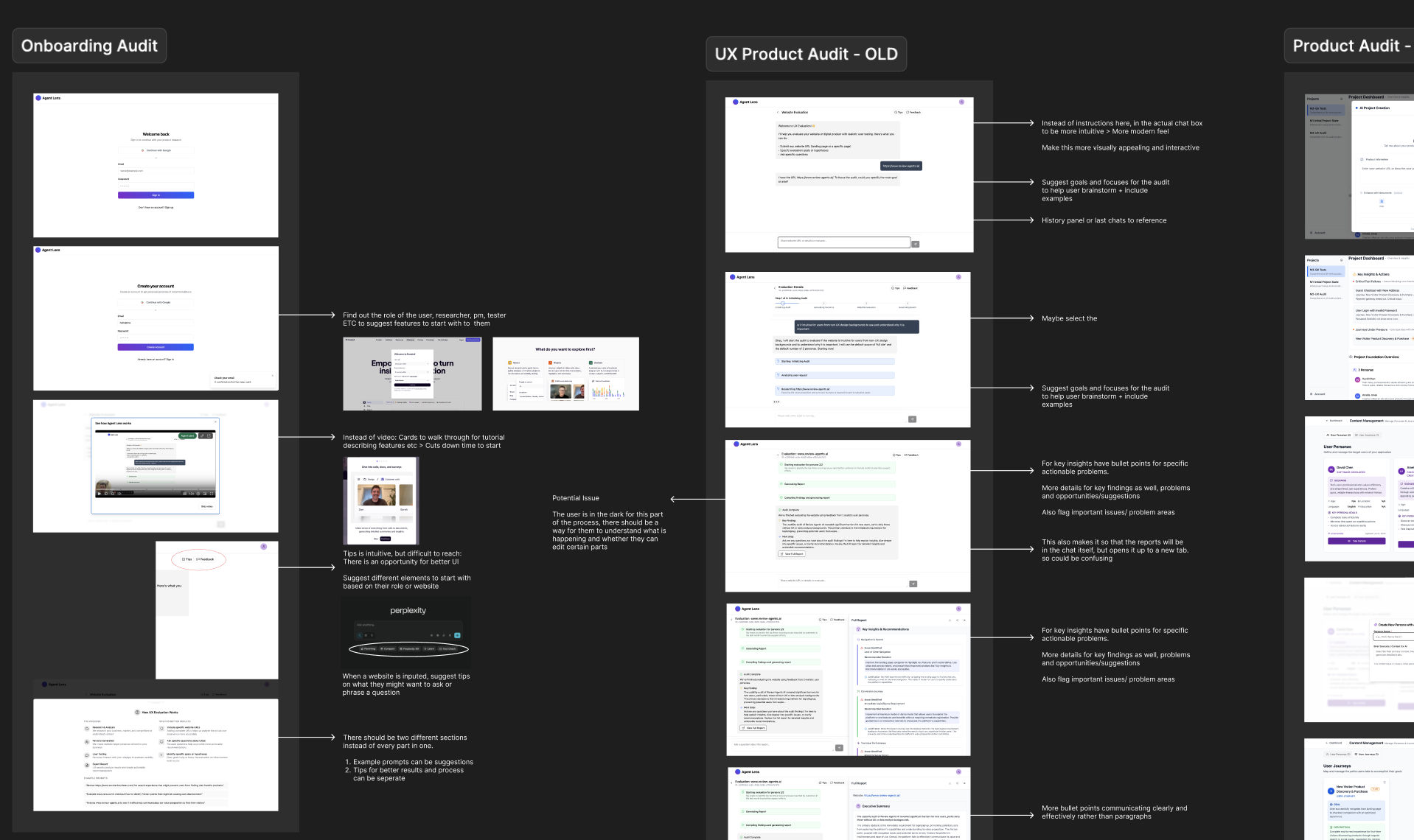
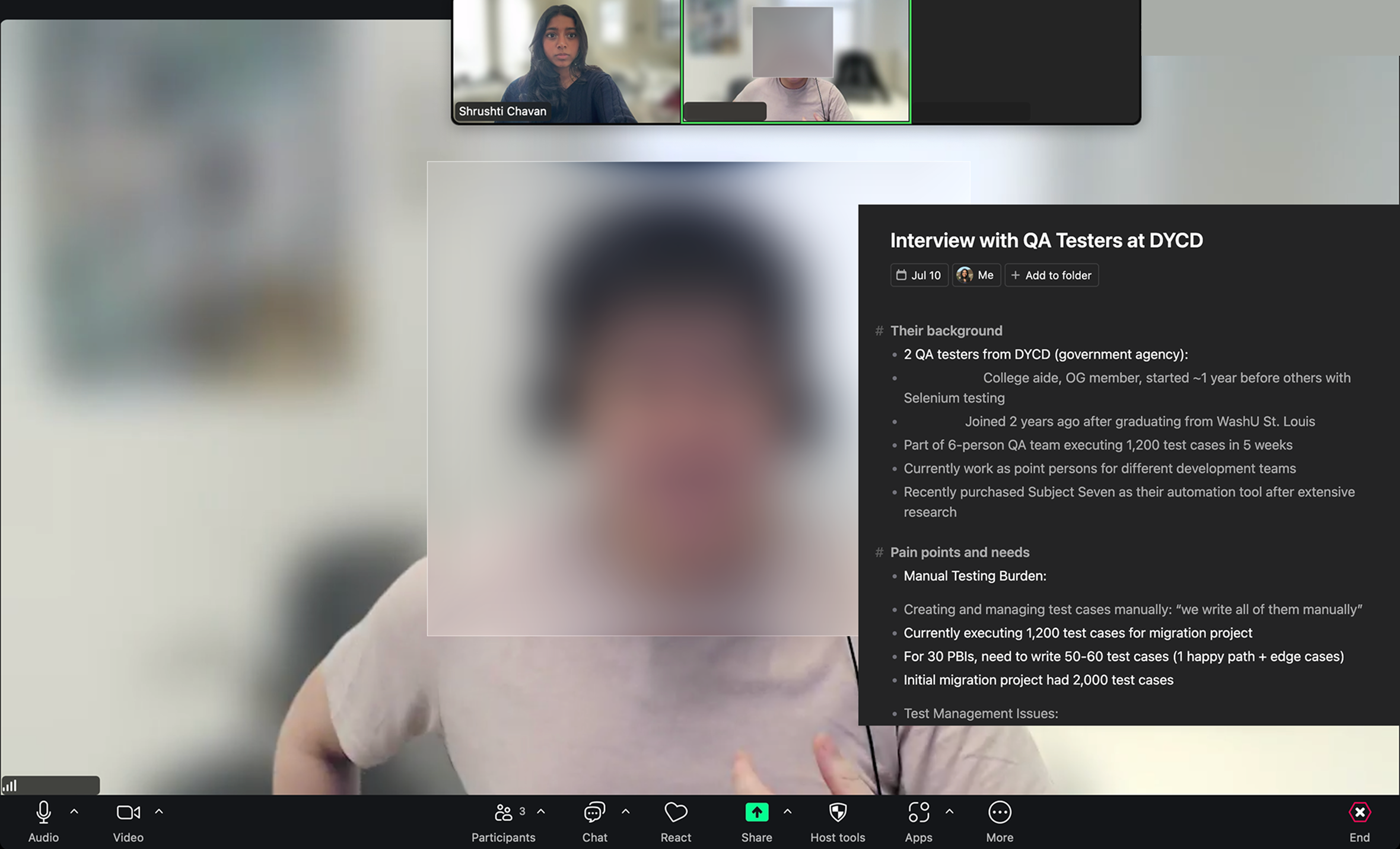
.png)

.png)
.png)


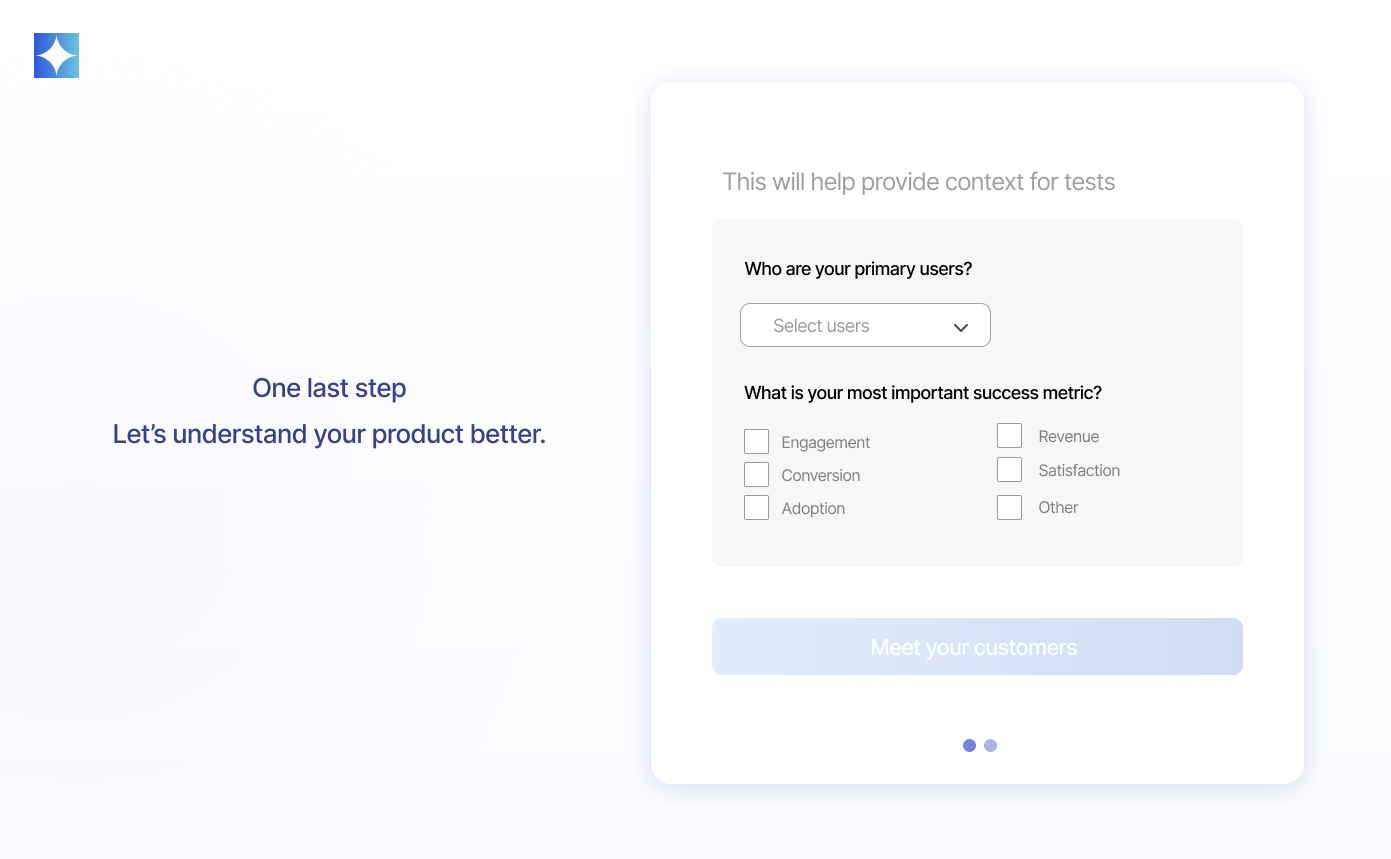
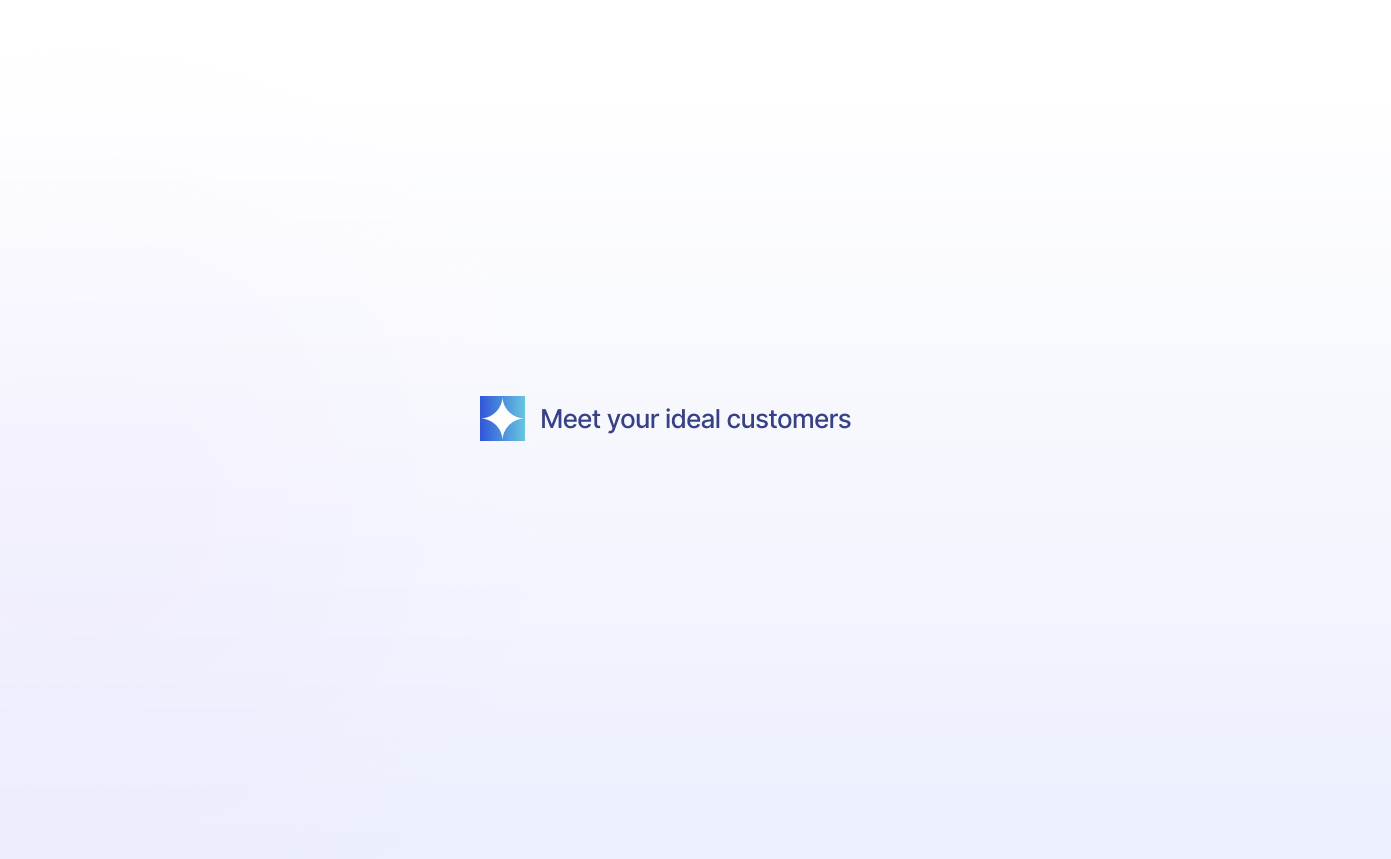



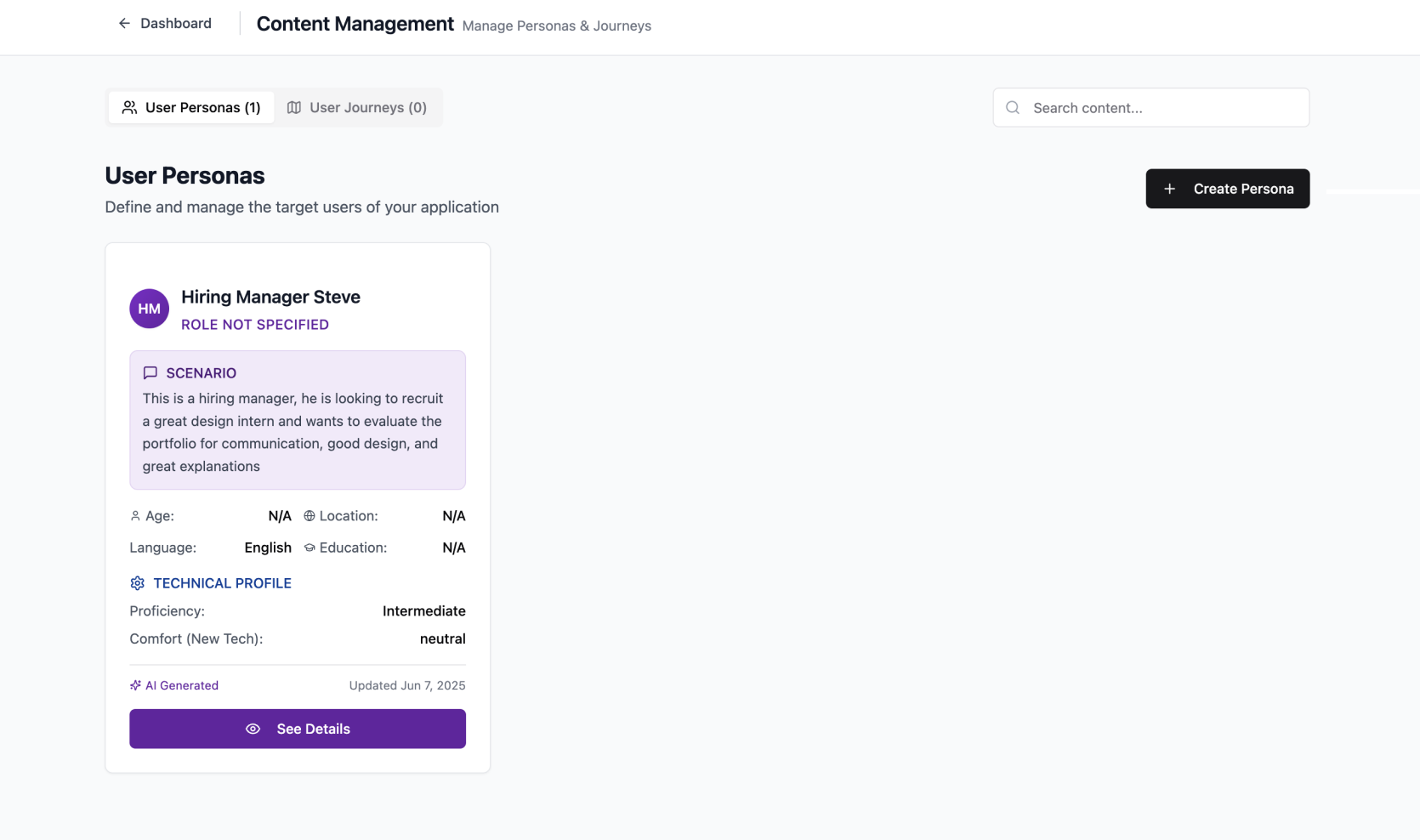
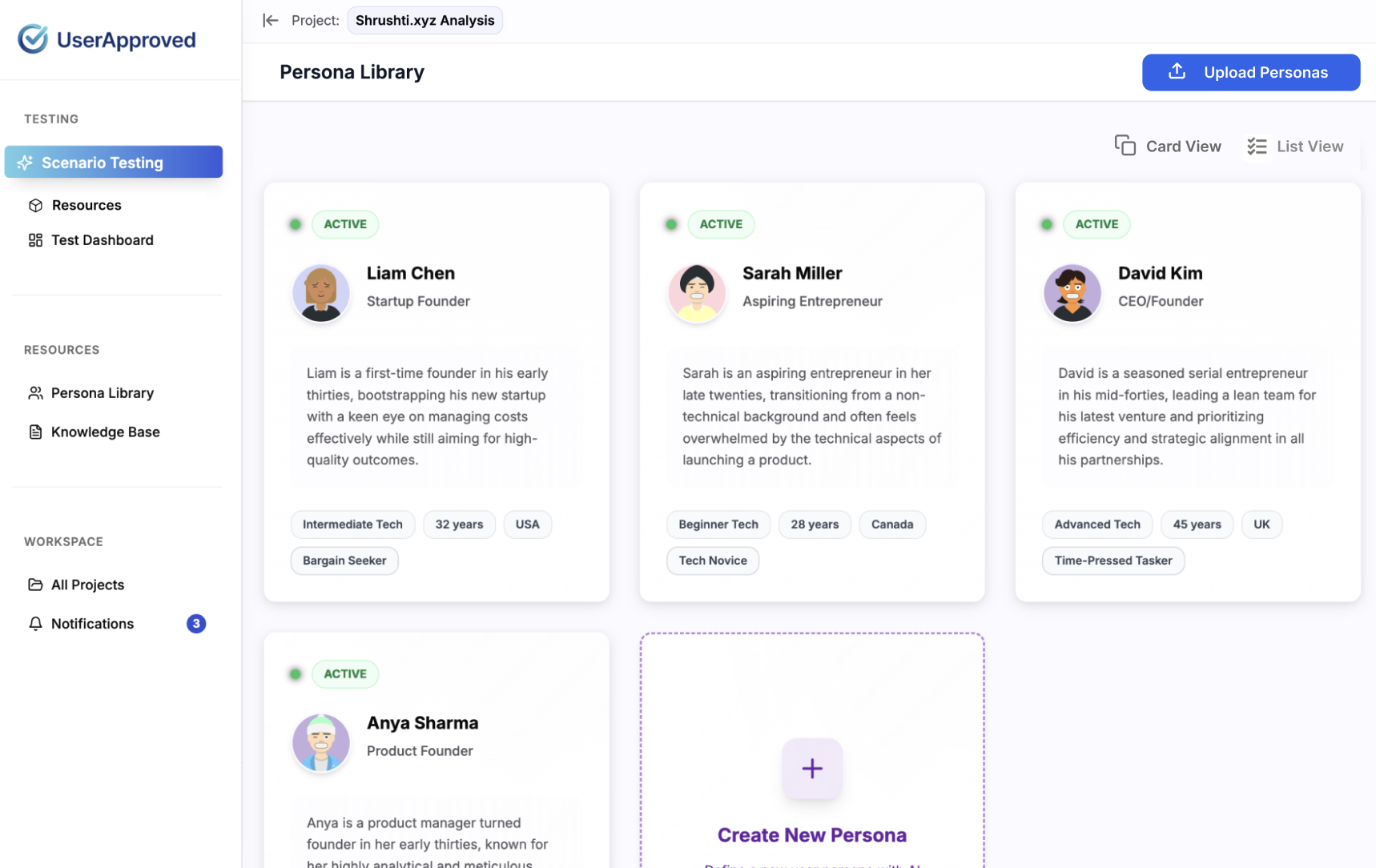



.png)



